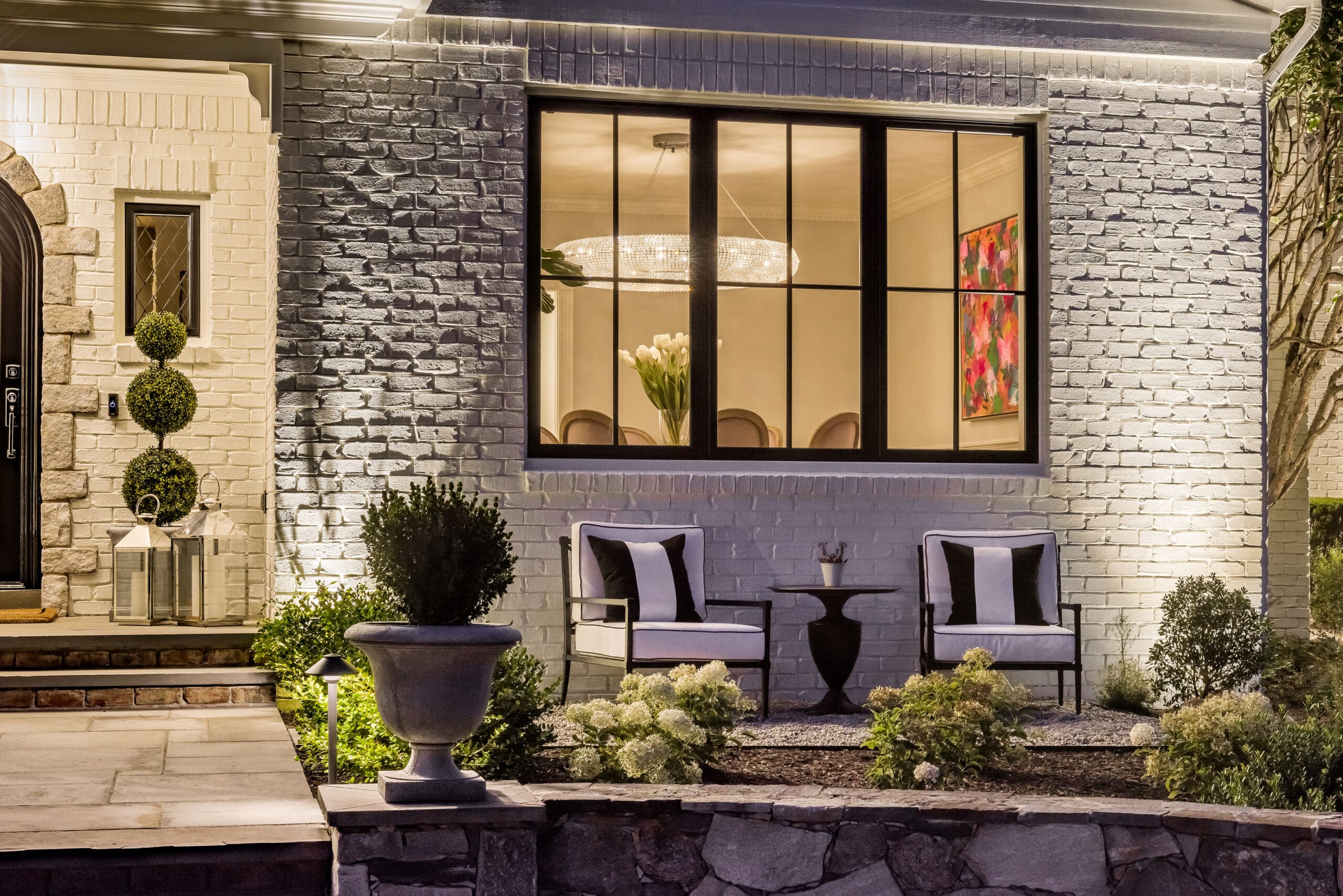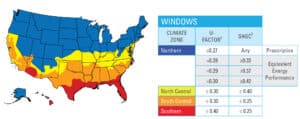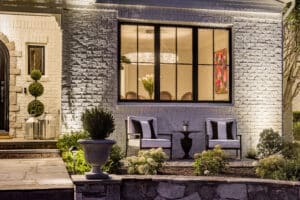
Energy-Efficient Windows in Rhode Island
What You Need to Know When Upgrading Your Home’s Windows
According to the US Department of Energy, 25-30% of the energy used for heating and cooling homes is lost through windows. That’s a significant amount of wasted energy that can have a major impact on homeowners’ wallets and quality of life. One way to combat this, ahem, “pane-ful” loss? Deciding to upgrade or replace your old and inefficient fenestrations. A companion piece to one of our most-viewed blog posts, 9 Popular Types of Windows for Homes, this article will introduce you to the ins and outs of energy-efficient windows in Rhode Island, leaving you well-informed and a real, erm, “glass” act.
The Difference Between Energy-Star and NFRC Energy-Rated Windows
Most people have seen an Energy Star label or at least have an idea of what an Energy Star product means. The ubiquitous and easily-identifiable sticker is a quick way for consumers to know if a product is considered energy-efficient and can be on all sorts of things ranging from dishwashers to TVs and, yes, windows.
When upgrading windows, though, there might be multiple Energy Star-rated products to consider. So how does one ensure they get the best bang for their buck? That’s where the NFRC comes in.
The National Fenestration Rating Council is a nonprofit organization that tests and sets performance standards for windows, doors, and skylights. When you see the NFRC label on a window, you’ll know it’s been rigorously and independently tested, allowing consumers to make the best decisions for their homes. But what do these terms and numbers mean? Keep reading to learn more!
Breaking Down the NFRC Label
U-Factor & Solar Heat Gain Coefficient (SHGC)
When choosing new, energy-efficient windows, it’s essential to consider how much heat is lost through the windows and how much heat is gained from the outside. These two criteria are expressed by a window’s U-factor and Solar Heat Gain Coefficient. Though closely related, these two numbers mean slightly different things. U-Factor (or U-Value) measures a window’s ability to prevent energy (heat) loss to the outside. Because heat always flows from hot to cold, this number is especially important in cooler climates and colder times of the year–you don’t want to spend all that money on heating your home when it’s just being lost to the outside.
Similarly, in warmer climates and at hotter times of the year, you wouldn’t want to be blasting the air conditioning with windows that absorb a ton of heat from the sun (thus, making your AC work harder and driving up cooling costs). How much a window absorbs heat from the outside is reflected by its Solar Heat Gain Coefficient (SHGC).
U-Factor and SHGC are measured on slightly different scales. A U-Factor ranges from 0.2 to 1.2, with a “good” U-factor typically coming in below 0.3. SHGC is measured on a scale of 0 to 1, but it is a little trickier to define what constitutes “good” as different standards apply to different climates. For instance, an energy-efficient window in Rhode Island would likely have a higher SHGC (around 0.42 if the U-Factor is at 0.3) to help soak up solar rays during our frigid New England winters. However, this wouldn’t make sense in a climate like Florida’s because minimizing solar heat gain would help keep cooling costs down. Thus, a lower SHGC is typically better suited for warmer areas.

Visible Transmittance
Visible transmittance (VT) is an easy enough concept when it comes to windows. Simply put, VT refers to the amount of visible light in the electromagnetic spectrum allowed through panes of glass. Expressed in a range between 0 and 1, the higher a window or skylight’s VT, the more light passes through for humans to see. You might think that higher visible transmittance is always good–it can save on artificial lighting, and who doesn’t love lots of natural light in their home? But allowing more light in hotter climates can contribute to higher cooling costs. Usually, VT comes down to personal taste. But, If you want to maximize natural light in your home and don’t want to raise the SHGC, consider products with tints, specialized films, or high-performance, low-emissivity (Low-E) glass.

Air Leakage
The last figure on NFRC labels measures air leakage, i.e., the amount of air (in cubic feet) that passes through an installed window within a minute. Assuming it’s properly installed, the air leakage of an energy-efficient window will fall within a range of 0.1 and 0.3, with 0.1 being the most efficient and least drafty. While not required on all NFRC labels, knowing how much air passes through a window is a valuable benchmark to keep in mind and can go a long way in reducing home energy consumption.
Other Things to Consider
There’s a ton to consider when upgrading your windows–too much to cover in a single blog post. We didn’t even get to things like condensation resistance, sound transmission coefficients, glazing types, gas-fills, spacers, construction methods, materials, and long-term impacts–all contributing to window performance. But the most important thing for your windows’ performance (and what NFRC labels assume) is having high-quality, professional contractors carrying out the installation. With Red House Design Build’s commitment to excellence and our expert team of designers and production staff, you can be sure you’re getting the highest level of quality, beauty, and efficiency in any home renovation project, windows and all.
If you want to upgrade your home with energy-efficient windows in Rhode Island, contact us or schedule a discovery call today–it’s “pane” free! (Sorry, couldn’t resist)
- Category :
- Type :

